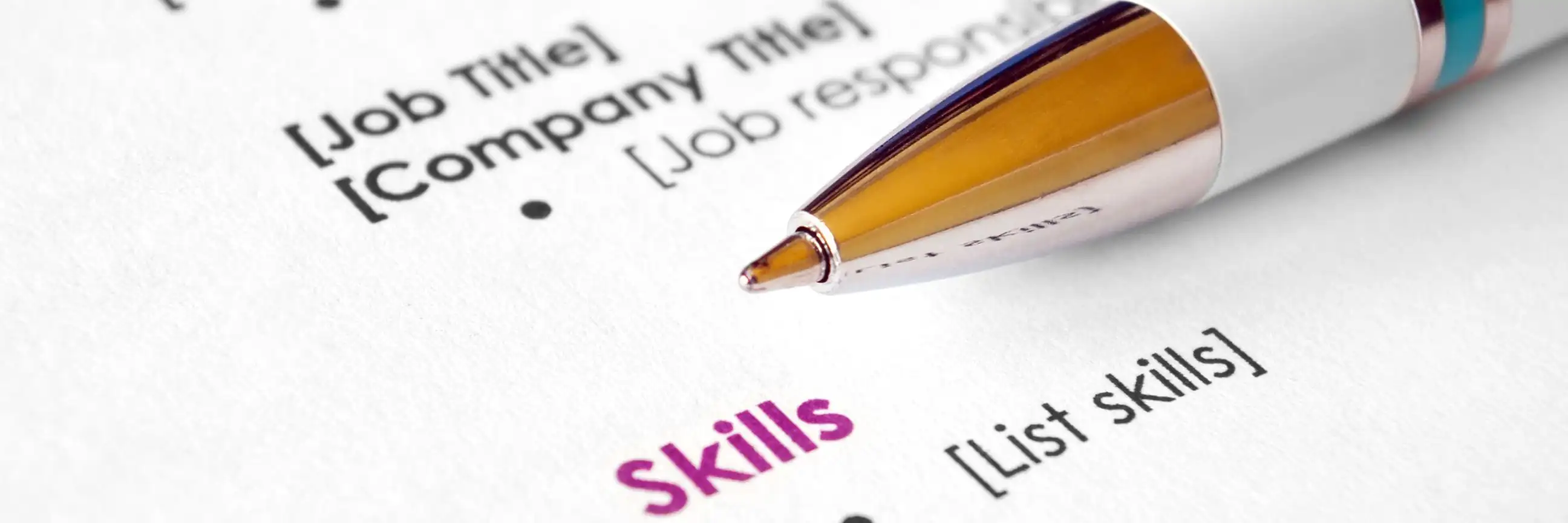
"Don't fool yourself!"



- The focus on collaboration, learning and creating customer / user value is what I find most exciting
- I don’t think scaling frameworks are a panacea as they often give people a recipe to follow rather than help people learn to become chefs.
- Real change takes time, but equally it should be done in small steps rather than giant leaps.
A conversation with Chris Combe, CDIO Group Functions Agile CoE Lead - Executive Director at UBS, about his personal view and opinion about agility and agile leadership.
Erdal: How would you explain agility in 1-2 sentences to someone who has no idea and no contact with agility?
Chris: The ability to learn and adapt to change in circumstances. Not fooling yourself into believing your own ideas are valid until you have tested them out as early as possible with users / customers etc.
When did you first get in touch with agility?
It was about 8 years ago when I was working in the US.
The focus on collaboration, learning and creating customer / user value is what I find most exciting
What is the value of agility?
Personally the focus on collaboration, learning and creating customer / user value is what I find most exciting
What is agility in a team?
A real team where the team is greater than the sum of it parts, people working together to learn and deliver, rather than handing over work to individuals.
What is Agile mindset?
Above all else, it is continuous to use a hypothesis based approach, using data and user feedback / behavior to drive improvements and outcomes
What are aspects of continuous improvement in agile?
Learning should happen continuously rather than every two weeks, that means pairing / mobbing on work and having shared understanding and learning. Reflecting, improving and sharing with others both inside and outside of the team. Getting better at getting better!
Build and visualize a skills-based organization with a collaborative culture
I don’t think scaling frameworks are a panacea as they often give people a recipe to follow rather than help people learn to become chefs.
Is “agile scaling” really necessary?
That depends what you mean by scaling, in any large complex organization that is looking to be more adaptive and nimble, you can’t just have autonomous teams as the underlying communications and information systems don’t support that. That requires modularity, cohesion between teams, process and architecture. So you can scale communication and collaboration until you can de-scale the work and remove the team for constant coordination to get things done. I don’t think scaling frameworks are a panacea as they often give people a recipe to follow rather than help people learn to become chefs.
How is organizational agility measured?
That is a tricky question, I love Jon Smart and team’s framing of Better Value, Sooner Safer Happier - if you do all of those you can begin to see the impact you are having in a balanced and nuanced way. Time to market is easy to game and should not be done without quality and value etc. Never optimize on only one metrics of a team, focus on the system as a whole.
Real change takes time, but equally it should be done in small steps rather than giant leaps.
Is agility a leadership competency?
It is an everything competency, I prefer to think in terms of ways of working, ways of leading. Agile itself has lost a lot of value in terms of what is means and has been overly weaponized and commercialized to the point that it is often more bout certificates than improving how we work and getting better.
What causes agile to fail?
People giving up too soon when things aren’t working, learning new behaviors and skills takes time. You don’t give up flying a plane if you can’t fly an A380 within 2 weeks. Real change takes time, but equally it should be done in small steps rather than giant leaps. Everything needs to change eventually if your goal is to enable fast flow of value.
What has changed in the area of agility in recent years?
It has become a hornets nest of commercialization and a lot of snake oil, I think a return to the basics / essentials and a focus on values and principles, with a view to learning and improving rather than committing to rituals and compliance. People use the terms doing agile vs being agile but that’s a little confusing. I think if you focus on the basics, small steps, and learning. Learning to experiment and adapt, rather than make large assumptions that what you think you know what is needed. Don’t fool yourself!
By submitting this form, I confirm that I have read the privacy policy and that I consent to the processing of my personal data by agyleOS for the purposes stated. In the event of consent, I can revoke my consent at any time. Furthermore, by submitting the form, I agree to the general terms and conditions.



